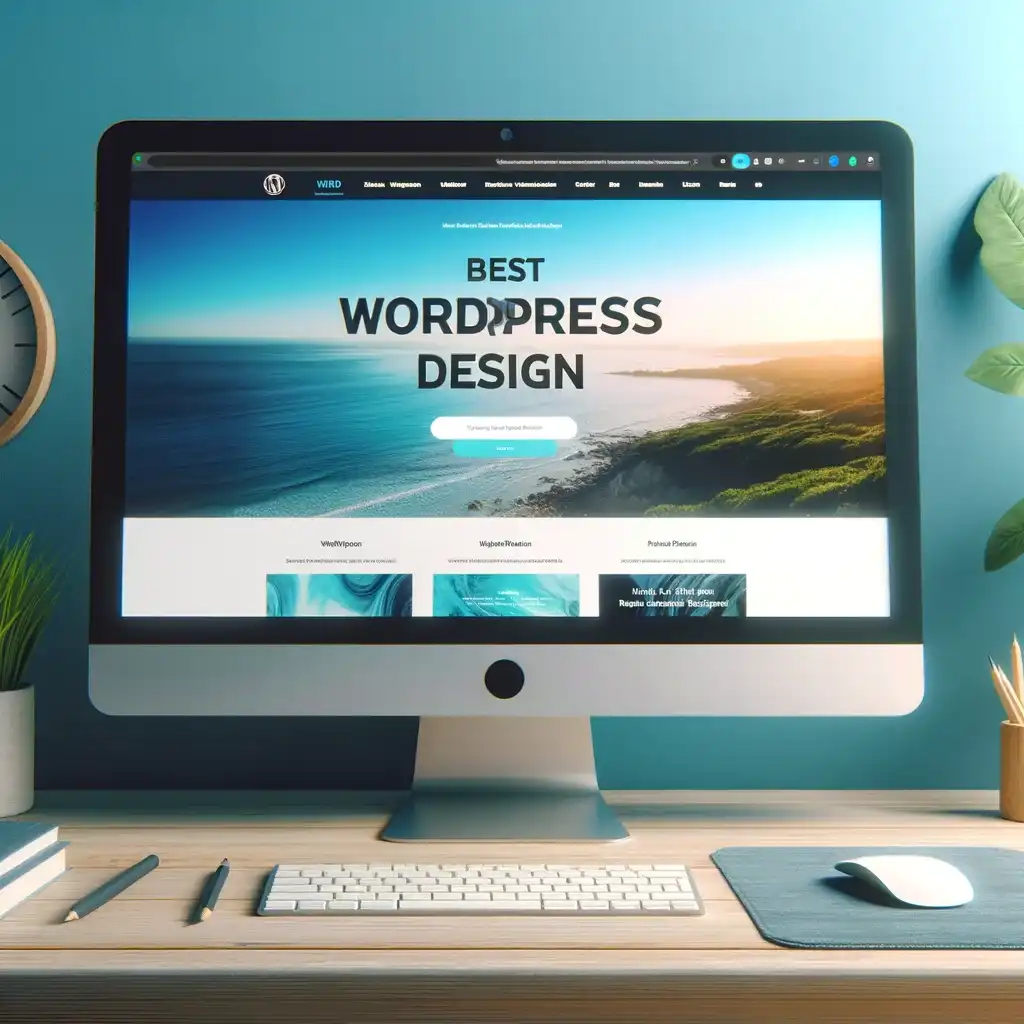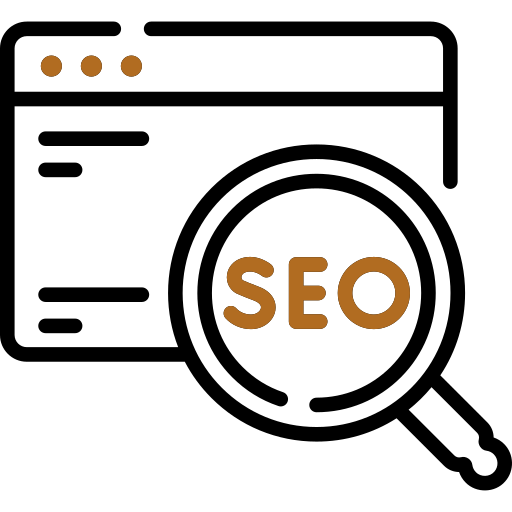In today’s digital age, where initial impressions can shape the online experience, your WordPress website design plays a vital role in grabbing and retaining your audience’s attention. In this extensive guide, let’s dive into the world of Flexinexa and explore the finest practices and strategies for crafting a captivating and effective online presence.
Strategic Theme Selection: The Power of SEO-Optimized, Customizable, and Creative WordPress Themes for a Unique Online Presence
1- Consider the importance of choosing a theme that matches the purpose of your website and your target audience.
Consider choosing a theme that matches the purpose of your website and your audience. Emphasize the need to match the purpose of your website with a topic that appeals to your target audience. A successful website starts with a foundation that not only looks good, but is optimized for SEO. Show how a carefully chosen theme combines design and functionality to make sure it connects with your audience and achieves your website’s goals.
2- Displaying popular and versatile WordPress themes that respond to various industries
Showcase a selection of popular WordPress themes and highlight how they’re performing across industries. Share topics that not only look good, but also meet the specific needs of different groups. Take this opportunity to discuss topics that are both creative and versatile across a wide range of industries.
3- Provide tips on customizing themes to make them unique and reflect your brand identity.
Help your readers easily customize the topics they want. Point out how customizable WordPress themes are like a blank canvas—they allow you to express and enhance your brand identity. Experiment with different design elements and features and emphasize that a well-customized theme not only looks creative, but also captures the essence of your brand. This is where creative WordPress themes become a powerful tool to make your online presence unique.
In essence, each point reinforces the importance of a strategic approach to theme selection, focusing on SEO optimization, versatility across industries, and the creative and responsive nature of WordPress themes.

Essential plugins for design excellence
Essential plugins for desig- Highlight essential plugins that increase your WordPress website design capabilities
1- Highlight plugins that up your WordPress website design game. These plugins do more than the basics and focus on enhancing your WordPress site design. They are not just about looks. They are key players in the SEO optimization of your website design, ensuring that it is not only visually appealing, but also search engine friendly.
2- Discuss how plugins can improve site speed, SEO and user experience.
Check out what these plugins can do in detail. See how they speed up your site, make it SEO friendly, and improve the overall user experience. Think of them as versatile tools that work together to improve your entire website, making it faster, more visible in search engines, and more enjoyable for all visitors.
3- Show examples of successful websites using special plugins to improve design.
Make it real with examples! Share success stories of websites that have used specific plugins to improve their design. Be bold and show how some plugins have helped you upgrade your WordPress themes to be not only creative but also responsive. These plugins played a key role in creating a visually impressive and user-friendly online presence.
Basically, this section is about introducing plugins as powerful tools that go beyond normal functions and actively contribute to SEO-optimized website design, speed, SEO optimization, and overall user satisfaction.

producing attractive content
1- Emphasize the role of attractive content in a well-designed website.
Highlight the crucial role of engaging content on a visually appealing website. It’s not just about appearances; it’s about content that captures and holds the visitor’s attention. This goes beyond the surface, ensuring the content is not only attractive but also optimized for search engines.
2-Provide tips on creating visually attractive and shareable content using WordPress built-in features.
Give practical advice on crafting content that not only looks good but is also share-worthy. Boldly point out the features in WordPress that act as tools for creating visually stunning and easily shareable content. This includes leveraging Creative WordPress themes to enhance the visual appeal.
3- Discuss the importance of a consistent content strategy to maintain a cohesive design.
Engage in a conversation about the broader perspective—how a consistent content strategy weaves everything together. Boldly emphasize that it’s not just about individual components; it’s about creating a cohesive design that aligns with your brand and resonates with your audience.
Building an Exceptional User Experience: Optimizing Navigation and Website Design for SEO-Friendly WordPress Themes
1-Guide readers through optimizing website navigation for a seamless user experience.
Imagine navigating a website like strolling through a well-organized library—easy and enjoyable. This part is about showing your readers how to create that smooth experience. Guide them through the steps of optimizing navigation so that visitors can effortlessly find what they need, enhancing their overall interaction with the site.
2-Discuss the importance of clear menus, easy information, and intuitive user interfaces.
Explore what makes navigation easy. Think of clear menus as signposts guiding users. Ensure information is easy to find, keeping things simple. Intuitive user interfaces make the journey feel natural, like a well-designed road map taking users where they want to go.

Optimize for performance
1-Explore website performance optimization strategies to ensure fast loading times.
Discover the secrets to building your website fast. Using Responsive WordPress themes make your pages load quickly. . It’s about creating an engaging and enjoyable user experience that reduces load times, creating a seamless and efficient experience for users.
2-Discuss image optimization, caching, and other techniques to improve user experience.
It’s not just about speed. It’s about an enjoyable journey. Discuss the art of optimizing images for fast loading, implementing caching techniques, and other clever tricks that improve the overall user experience. These are tricks of the trade to make your website refined and responsive.
3- Provide recommendations for tools and plugins that help optimize performance.
Equip yourself with the tools for a top-performing website. Share our top picks for plugins and tools that simplify the performance optimization process. Whether it’s a caching plugin or an image optimization tool, these recommendations are the keys to a well-performing website.
By integrating these best practices into your website design strategy, you not only create a visually appealing platform, but also ensure a smooth and enjoyable experience for your visitors. Stay ahead of the curve and expand your online presence with the art and science of our Flexinexa website design.
FAQ:
FAQ:
- How can I improve the loading speed of my WordPress site?
A: To improve loading speed, optimize images, use a caching plugin, minimize the use of heavy plugins, and choose a quality hosting provider. Tools like GTmetrix can help you analyze and optimize your site’s speed.
- How do I make my WordPress site mobile-friendly?
A: Choose a responsive theme, optimize image sizes, and use mobile-friendly plugins. Test your site’s mobile usability with tools like Google’s Mobile-Friendly Test.
- Can I create a multilingual WordPress site, and if so, how?
A: Yes, you can create a multilingual site using plugins like WPML or Polylang. These plugins allow you to add multiple languages and manage translations easily.
- How do I secure my WordPress website?
A: Enhance security by using strong passwords, keeping WordPress and plugins up-to-date, installing a security plugin like Wordfence, and implementing regular backups.
- How can I optimize my WordPress site for SEO?
A: Use an SEO plugin like Yoast SEO, create quality content with relevant keywords, optimize your site’s speed, and ensure it’s mobile-friendly. Also, use descriptive, keyword-rich URLs and meta tags.















